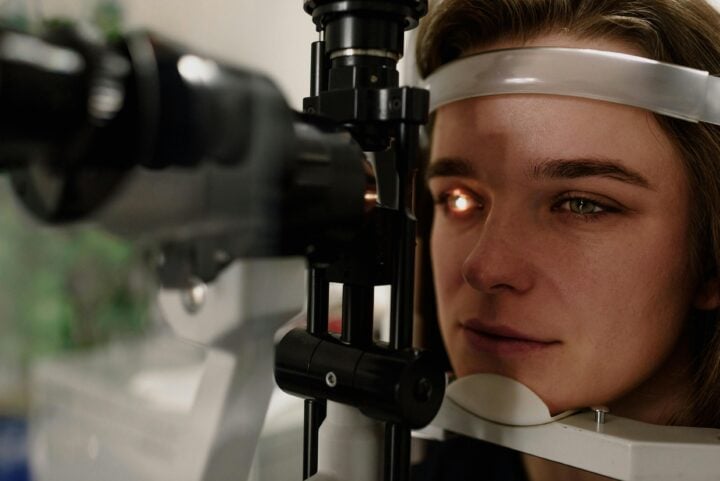

More research is uncovering the role that gender can play in disease development and symptomatology, and we’re only beginning to scratch the surface. In the United States, for example, 80% of individuals affected by autoimmune diseases are women, highlighting the need for timely interventions. Recent studies also suggest that women are more likely to experience certain eye diseases than men due to gender-related risk factors.
Research published in PubMed Central, for instance, found that changes in moderate or severe vision impairment and diabetic retinopathy-related blindness were greater among females than males between 2000 and 2020. Gender-related factors, like hormonal changes during pregnancy, play a significant role in increasing diabetic retinopathy risks among women.
Aside from this study, more research has looked into the prevalence of some eye complications among women. Here’s what you need to know:
Management outcomes of ocular syphilis
Research shows that reduced visual acuity due to ocular syphilis, an eye disease caused by the bacterial sexually transmitted infection syphilis, is more common among women. The study mentioned that visual acuity among ocular syphilis patients was reduced to 20/50 or worse in 77.4% of women and 62.1% of men. Although the overall incidence of syphilis is higher among men, the prevalence of syphilitic scleritis – a rare ocular disease that causes inflammation in the eye’s sclera – is higher among women. This condition is associated with systemic diseases that have a higher prevalence during women’s reproductive years, suggesting the role of sex hormones in the development of the disease.
Presbyopia among women
Meanwhile, research published in BMC Public Health has highlighted how biological sex can be a risk factor in the early onset of presbyopia, with cases being more prevalent among women. Presbyopia is a condition characterised by the eyes’ gradual inability to focus. A study published by the National Institutes of Health shows that women have 46% higher odds of developing presbyopia, with factors like socioeconomic status contributing to the increasing cases of the condition. Research suggests that women are more likely to accomplish near-vision work like sewing, putting on makeup, cooking, and other tasks that require immediate focus, resulting in increased presbyopia progression.
Age-related eye diseases
According to the US National Eye Institute, two in three cases of vision problems or blindness occur in women. Studies have also shown that certain eye conditions, like age-related macular degeneration, cataracts, and glaucoma, are more likely to develop among women. But why do women have higher chances of developing these eye diseases? Research shows that statistically, women live longer than men. Since many of the most common vision problems are age-related, eye diseases that develop with age, like macular degeneration, tend to manifest more in women.
Preventing eye issues
While many common ocular conditions are age-related, there are ways that women can slow down or prevent the development of eye issues. Wearing women’s sunglasses regularly can effectively block the sun’s UV rays, which can cause cataracts and macular degeneration over time. Aside from having UV-blocking properties, these sunglasses can be equipped with special lenses that can provide maximum protection against harmful rays, including polarised and gradient lenses that reduce glare and improve visual comfort. The use of protective eyewear when outdoors can lower the risk of incurring eye diseases that can lead to vision loss as you age.
Early detection of potential eye conditions is also essential in preventing vision problems from worsening. Women who take regular eye tests can get their vision health assessed and are more likely to be able to pick up issues or symptoms of a disease in its early stages, allowing immediate treatment. Experts recommend that adults aged 18 to 60 undergo a comprehensive eye exam once every two years to maintain healthy vision.
Spending more time outdoors is another way to preserve ocular health. Research shows that heading outside exposes the eyes to a broader spectrum of light, promoting vitamin D production, an essential nutrient for vision health. Focusing on distant objects also relaxes the eye muscles instead of overworking them with near-vision tasks.
Women are more likely to experience certain eye problems due to several factors, including hormonal changes, higher life expectancy, and increased exposure to near-vision work. While further research on how vision issues affect women is still underway, practising eye-healthy habits plays a crucial role in preserving vision health.







